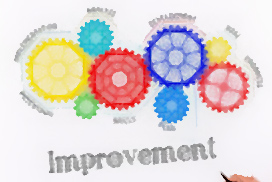How do you balance quality and profitability?

Recently a continuous improvement professional asked, “How do you balance quality and profitability? If you maximize one, do you trade off the other?” My answer was:
My partner and I just finished writing a book on safety, quality and productivity in the construction industry from an inventive point-of-view. What we found was really amazing. In the fewest possible words here’s the bottom line. Where ever you have a safety issue (or quality issue) you also have a hidden productivity issue. Solve for safety (and/or quality) and productivity efficiencies usually come along for free.
Read More








